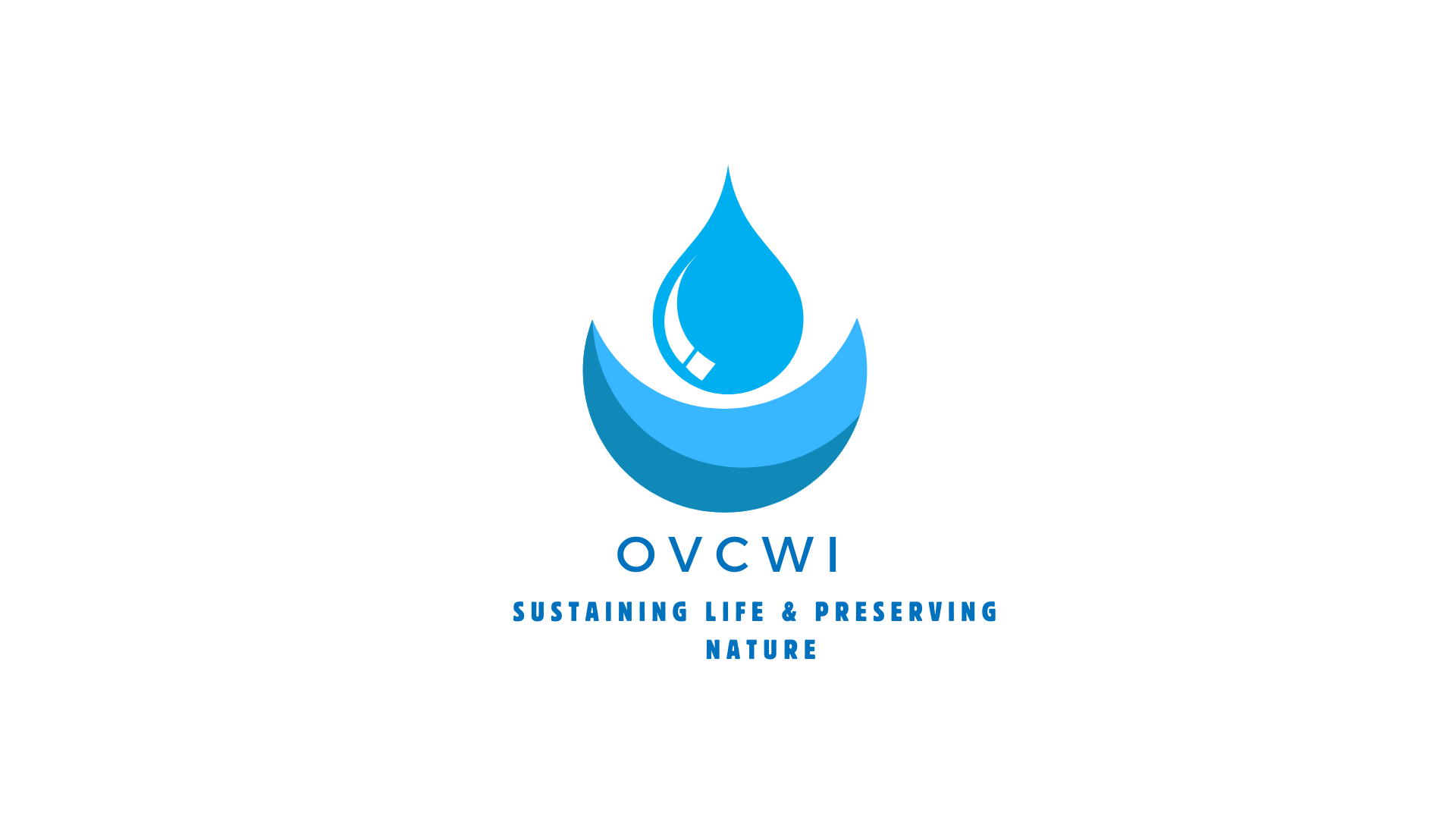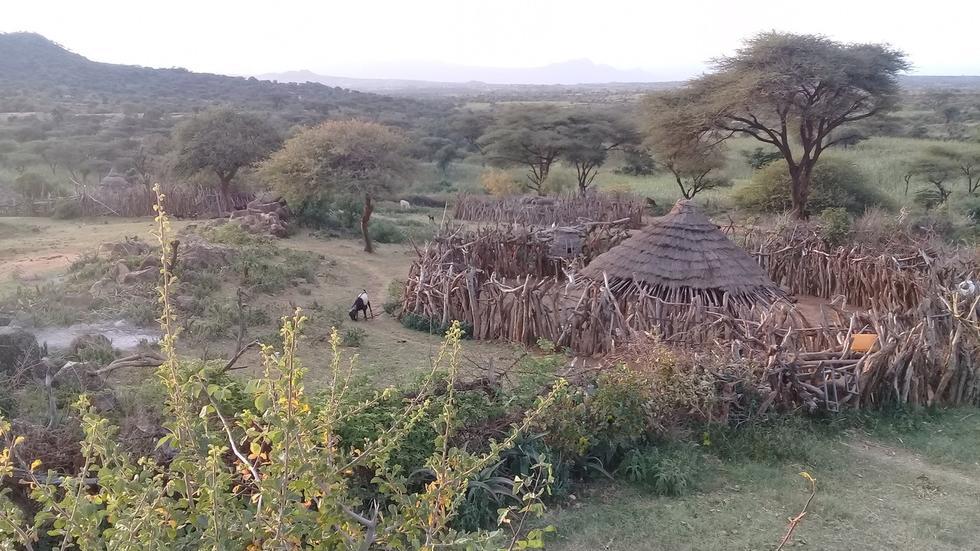Skilled personnel = $50,000/yr (for project management and implementation)
Cost of equipment: The cost of equipment for the Omo Valley Clean Water Initiative includes borehole digging, water pipe line, pond for rain water harvesting, water treatment facilities, solar pump, solar panel, water pump, and irrigation systems. The approximate costs for these equipment are:
– Borehole digging: $15,000 per borehole
– Water pipe line: $100,000 per km
– Pond for rain water harvesting: $10,000 per pond
– Water treatment facilities (small scale): $25,000 per facility
– Solar pump: $15,000 per piece
– Solar panel: $1,000 per piece
– Water pump: $3,000 per piece
– Sprinkler irrigation: $3,000 per hectare
– Drip irrigation: $2,000 per hectare
– Canal irrigation: $20,000 per hectare
Cost of implementation: The cost of implementation includes the skilled personnel needed for project management and implementation. The estimated cost for skilled personnel is $50,000 per year.
Other unseen costs: There may be additional unforeseen costs involved in the Omo Valley Clean Water Initiative such as transportation costs, maintenance costs, and other miscellaneous expenses.
Donor assistance: To effectively implement the Omo Valley Clean Water Initiative, it is important to have financial support from donors. Donors can help by providing funds to cover the cost of equipment, implementation, and skilled personnel. In addition, they can also provide support for other unseen costs and provide technical expertise in completing the project.
Summary of costs for Omo Valley Clean Water Initiative:
| Cost Type | Cost Range |
|---|---|
| Borehole digging | Up to $15,000 per borehole |
| Water pipeline | Up to $100,000 per kilometer |
| Pond for rainwater harvesting | Up to $10,000 per pond |
| Water treatment facilities | Up to $25,000 per facility |
| Solar pump | Up to $15,000 per piece |
| Solar panel | Up to $1,000 per piece |
| Water pump | Up to $3,000 per piece |
| Sprinkler irrigation | Up to $3,000 per hectare |
| Drip irrigation | Up to $2,000 per hectare |
| Canal Irrigation | Up to $20,000 per hectare |
| Skilled personnel | $50,000 per year |
| Other unseen costs | Varies |
To determine the cost of equipment and implementation, the costs listed in the summary were carefully researched and estimated based on the materials, labor, and maintenance expenses involved. The cost of skilled personnel was estimated based on industry standards and the project’s duration.
Donors can play a crucial role in making the Omo Valley Clean Water Initiative a success by providing financial support for the various costs listed above. Donors can also assist with other costs and provide technical expertise to ensure efficient and effective implementation of the project.
Rough Total Cost Estimate:
Cost of skilled personnels = upto $50000/year
Cost of equipment:
Borehole digging: $15,000 per borehole (x 100 boreholes) = $1,500,000
Water pipe line: $100,000 per km (x 50 km) = $5,000,000
Pond for rain water harvesting: $10,000 per pond (x 20 ponds) = $200,000
Water treatment facilities: $25,000 per facility (x 10 facilities) = $250,000
Solar pump: $15,000 per piece (x 50 pieces) = $750,000
Solar panel: $1,000 per piece (x 200 pieces) = $200,000
Water pump: $3,000 per piece (x 50 pieces) = $150,000
Sprinkler irrigation: $3,000 per hectare (x 50 hectares) = $150,000
Drip irrigation: $2,000 per hectare (x 50 hectares) = $100,000
Canal Irrigation: $20,000 per hectare (x 10 hectares) = $200,000
Cost of implementation:
Total cost of equipment: $8,500,000
Cost of skilled personnels: $50,000 per year (x 5 years) = $250,000
Total cost of implementation: $8,750,000
Hidden costs:
Land purchase or rental fees for implementing project
Cost of transportation and logistics
Cost of maintenance and repairs
Cost of training and education for local community members
Cost of permits and regulations
Total hidden costs are difficult to estimate without detailed information about the specific location and circumstances of the project. It is recommended that a contingency fund of at least 20% of the total cost of the project be allocated for unforeseen expenses.
Summary of costs structure for Omo Valley Clean Water Initiative:
| Cost Category | Estimated Cost |
|---|---|
| Borehole digging | $1,500,000 |
| Water pipeline | $5,000,000 |
| Pond for rainwater harvesting | $200,000 |
| Water treatment facilities | $250,000 |
| Solar pump | $750,000 |
| Solar panel | $200,000 |
| Water pump | $150,000 |
| Sprinkler irrigation | $150,000 |
| Drip irrigation | $100,000 |
| Canal Irrigation | $200,000 |
| Cost of skilled personnels | $250,000 |
| Total equipment cost | $8,500,000 |
| Cost of implementation | $250,000 |
| Total hidden costs* | $1,700,000 |
| Total project cost | $10,450,000 |
*Estimated 20% of total cost of project allocated for hidden costs.
Analysis of costs:
The costs were analyzed by identifying the necessary equipment and resources needed for the project, gathering cost estimates for each item, and calculating the total cost for each category. Hidden costs were also considered and a contingency fund was included to account for unforeseen expenses. The cost of skilled personnels was also factored in as a recurring cost for the duration of the project.
How donors can help:
Donors can help by providing financial support for the project, specifically for the equipment and skilled personnels costs. They can also assist in finding cost-effective solutions for project implementation, such as negotiating lower prices for equipment and materials. Additionally, donors can provide technical expertise and resources to support the project.
Discover more from Omo Valley Clean Potable Water Initiatives
Subscribe to get the latest posts sent to your email.


